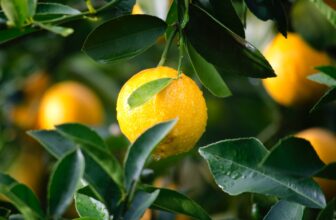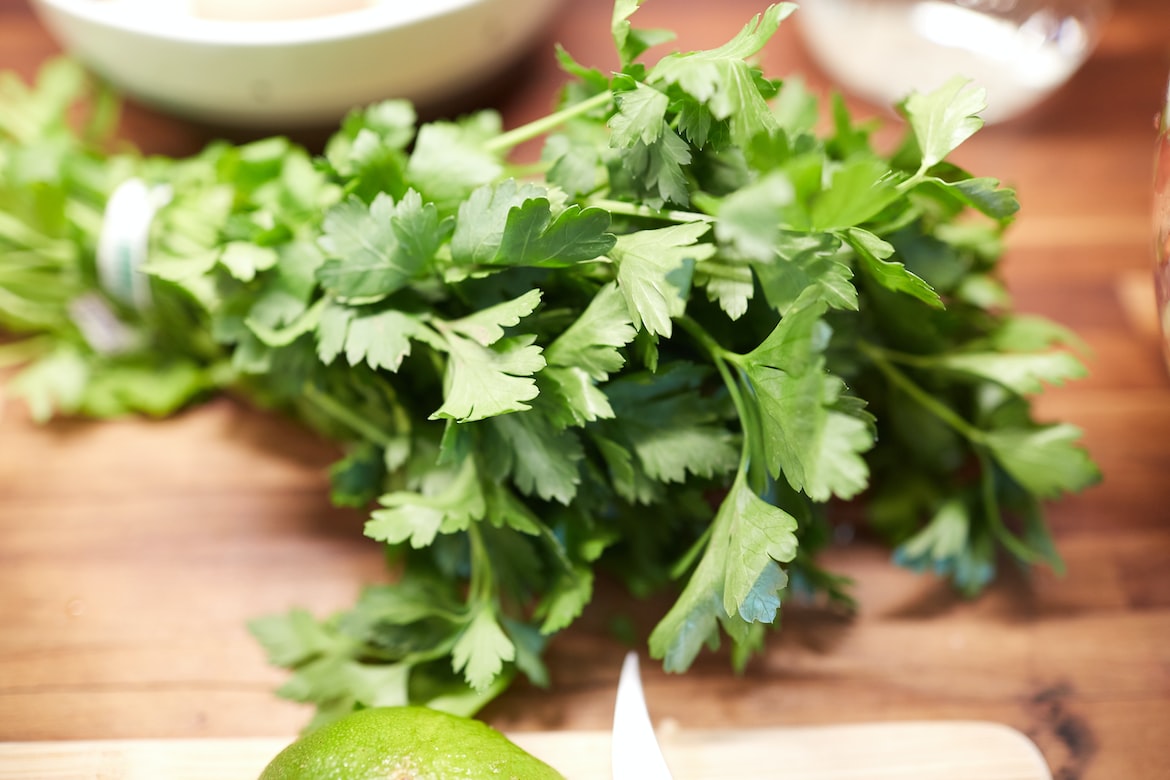
Table of Contents
Cilantro, also known as coriander, is a popular herb used in many cuisines around the world. It is a versatile herb that can be used fresh or dried to add flavor and aroma to a wide range of dishes, from salads and salsas to soups and curries. Growing cilantro is relatively easy, and can be a great way to add fresh, aromatic herbs to your home-cooked meals.
In this article, we’ll share some tips and tricks for growing cilantro, from choosing the right location to harvesting and preserving your crop. Whether you’re a seasoned gardener or a beginner, these tips will help you grow a healthy and bountiful cilantro crop that you can enjoy all year round.
What is Cilantro?

Cilantro, also known as coriander or Chinese parsley, is a herb that’s widely used in cooking around the world. It’s an annual plant that belongs to the Apiaceae family, and is closely related to other herbs such as parsley, dill, and fennel. Cilantro is native to the Mediterranean and parts of southwestern Asia, and has been cultivated and used for culinary and medicinal purposes for thousands of years.
The history of cilantro can be traced back to ancient times, where it was used by the Greeks, Romans, and Egyptians for its aromatic and medicinal properties. The ancient Egyptians used cilantro seeds in the mummification process, while the Greeks and Romans used the leaves and seeds as a flavoring agent in their cooking. In medieval Europe, cilantro was used to preserve meat and prevent spoilage, due to its antibacterial properties.
Today, cilantro is used in a wide variety of cuisines, including Mexican, Indian, Middle Eastern, and Asian. It’s a versatile herb that can be used fresh or dried, and is often added to soups, stews, curries, salads, and salsas to add flavor and aroma. Cilantro has a distinctive, citrusy flavor that is both fresh and pungent, and is often used in conjunction with other herbs and spices, such as cumin, chili powder, and garlic.
In addition to its culinary uses, cilantro is also believed to have several health benefits. It’s rich in vitamins and minerals, including vitamin C, vitamin K, and potassium, and has antioxidant and anti-inflammatory properties. Some studies have suggested that cilantro may help to lower cholesterol, improve digestion, and even prevent the growth of certain types of bacteria.
Are Cilantro and Coriander the Same?
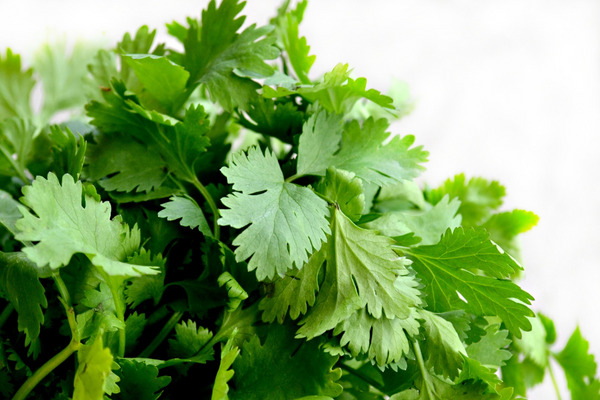
Cilantro and coriander refer to two different parts of the same plant. Cilantro refers to the fresh leaves and stems of the plant, while coriander refers to the seeds that the plant produces. Although they come from the same plant, cilantro and coriander have different flavors and are used in different ways in cooking.
Cilantro has a fresh, citrusy flavor that is often used to add a bright, herbaceous note to dishes. It’s a common ingredient in Mexican, Indian, and Southeast Asian cuisine, and is often used in dishes such as salsas, guacamole, curries, and stir-fries.
Coriander seeds, on the other hand, have a warm, spicy, and slightly sweet flavor. They’re often used as a seasoning in curries, stews, and soups, as well as in pickling and baking. In some cultures, coriander seeds are also used for their medicinal properties, as they are believed to aid digestion, relieve bloating, and reduce inflammation.
While cilantro and coriander have different flavors and culinary uses, they’re both important and versatile ingredients that can add depth and complexity to a wide range of dishes.
How to Grow Cilantro
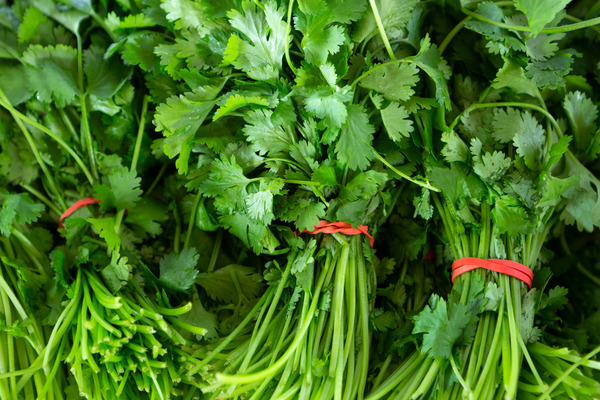
Growing cilantro is relatively easy, and can be done both indoors and outdoors, depending on the climate and growing conditions. Here are some steps to follow when growing cilantro:
- Choose a location: Cilantro grows best in a location that receives full sun to partial shade. It prefers well-drained soil that is rich in organic matter, and thrives in cooler temperatures.
- Plant the seeds: Cilantro can be grown from seed, and should be sown directly into the soil or in containers that are at least 6 inches deep. The seeds should be planted about 1/4 inch deep, and spaced 6-8 inches apart. Cilantro can be grown year-round, but is best planted in the spring or fall when temperatures are cooler.
- Water and fertilize: Cilantro requires regular watering, especially during hot and dry weather. It is important to keep the soil moist, but not waterlogged, as too much water can cause the roots to rot. Cilantro also benefits from regular fertilization, and can be fed with a balanced fertilizer every 4-6 weeks.
- Harvest: Cilantro leaves can be harvested when the plant is about 6-8 inches tall, and can be picked off the plant as needed. The leaves should be harvested before the plant bolts and goes to seed, as the flavor can become bitter once this happens.
- Preserve: Cilantro can be preserved by drying, freezing, or storing in oil. To dry cilantro, simply tie a bunch of stems together and hang them upside down in a dry, well-ventilated area. Once the leaves are completely dry, they can be stored in an airtight container. To freeze cilantro, chop the leaves and place them in ice cube trays with a small amount of water or oil. Once frozen, the cubes can be stored in a freezer bag for up to 6 months.
By following these simple steps, you can grow your own cilantro and enjoy fresh, aromatic herbs in your cooking all year round.
Interesting Facts about Cilantro
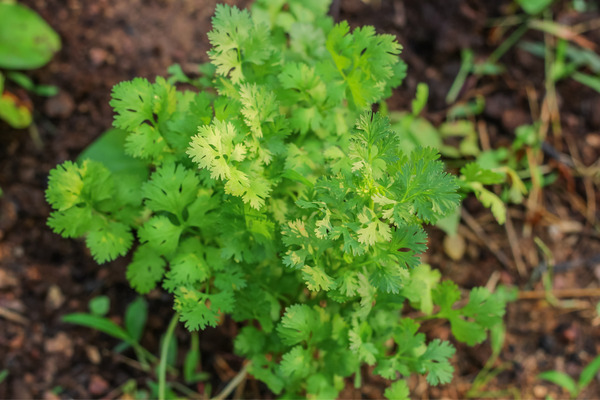
Cilantro is an herb that is widely used in cooking and is known for its distinct, citrusy flavor. While many people are familiar with this herb, there are some little-known and unique facts about cilantro that may surprise you. Here are a few of them:
- Cilantro has a polarizing taste: While many people love the flavor of cilantro, others cannot stand it. This is because cilantro contains aldehydes, a chemical compound that some people are genetically predisposed to detect as a soapy or metallic taste.
- Cilantro has been used for thousands of years: Cilantro has been used in cooking for thousands of years, and is believed to have originated in the Mediterranean region. It was also used by the ancient Egyptians, who placed cilantro in their tombs as a symbol of eternal love.
- Cilantro has medicinal properties: Cilantro has been used for its medicinal properties for centuries. It’s believed to aid digestion, reduce inflammation, and lower cholesterol levels.
- Cilantro is high in vitamins and minerals: Cilantro is a rich source of vitamins and minerals, including vitamin A, vitamin C, and potassium. It’s also high in antioxidants, which help to protect the body from damage caused by free radicals.
- Cilantro can repel insects: Cilantro contains natural compounds that can repel insects, including mosquitoes and flies. This makes it a useful herb to plant in your garden or use as a natural insect repellent.
These are just a few of the many little-known and unique facts about cilantro. Whether you love the taste of cilantro or not, there is no denying that this herb has a rich history and many interesting properties that make it a fascinating and valuable ingredient in cooking and beyond.
Frequently Asked Questions about Cilantro
Cilantro is difficult to grow due to its short lifespan, tendency to bolt, and sensitivity to heat, light, and water.
Cilantro prefers partial shade, especially in hot climates. It can tolerate some sun, but too much can cause it to bolt.
Yes, you can put Miracle-Gro on cilantro. It is a good source of nitrogen and other essential nutrients that promote healthy growth.
If you don’t trim cilantro, it will likely bolt and produce flowers and seeds, which can affect the flavor and quality of the leaves.
Cilantro should not be planted near fennel, as the two plants can cross-pollinate and produce undesirable flavors in both.
Wrapping Up
Growing cilantro is a fun and rewarding experience for any home gardener. Cilantro is a versatile herb that adds a unique flavor and fragrance to many dishes, and is also known for its numerous health benefits. While cilantro may be a little finicky to grow, following the tips and tricks outlined in this post can help ensure a successful harvest.
So, whether you are a seasoned gardener or a beginner, don’t hesitate to try your hand at growing cilantro and enjoy the fresh, delicious flavor it adds to your culinary creations.






